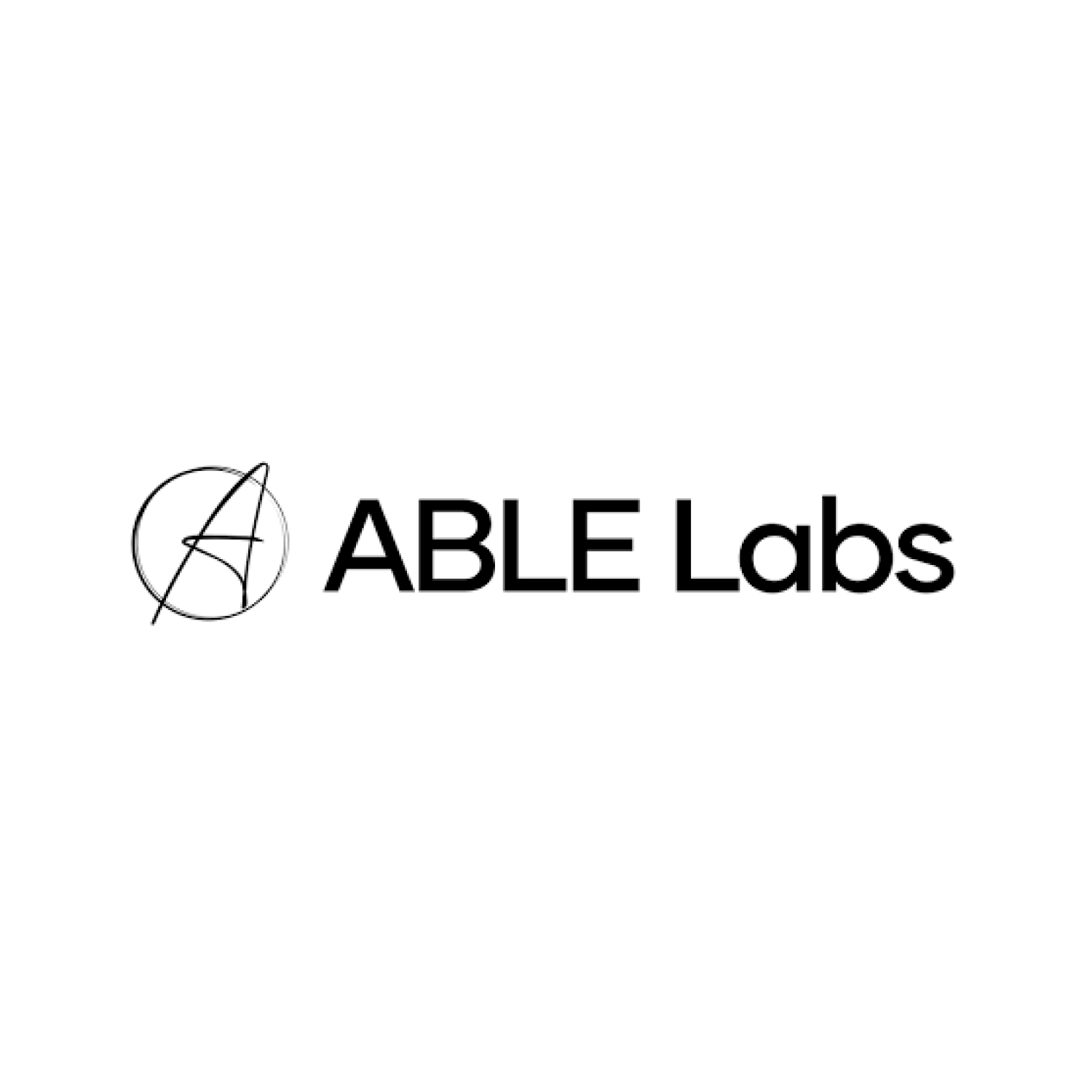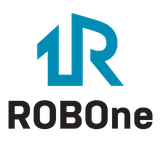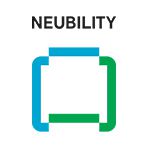Sr. Path Planning Algorithm Engineer (Seoul)
스트라드비젼(STRADVISION)<h2>직무</h2><p>Sr. Path Planning Algorithm Engineer (Seoul)</p><h2>포지션 상세</h2><p>[About STRADVISION] <br>We Empower Everything To Perceive Intelligently <br>With a mission statement of “We Empower Everything To Perceive Intelligently”, STRADVISION is putting all of our effort to make better life for everyone through AI-based camera perception technology. Everyday, we focus on creating AI-based vision perception techonolgy with more than 300 members across 8 offices worldwide and we expect our software to perceive everything precisely & intelligently to make 1% difference in people’s lives. Thus, we are looking for members who would like to join our meaningful journey and face challenges that no one has done it before together at STRADVISION. <br><br>[Our Story]<br>• STRADVISION 서울오피스 소개영상: https://www.youtube.com/watch?v=UrTrQ8_JxU0<br>• STRADVISION’s Latest Technology 영상: https://www.youtube.com/watch?v=wDPjUwim6mk&t=42s<br>• STRADVISION Re-branding PR 홍보영상: https://www.youtube.com/watch?v=fRnzeMJu4Yg<br> <br>[Our Technology]<br>• STRADVISION is the FIRST deep-learning based technology start-up company in the world who has obtained ASPICE CL2 certification in 2019.<br>• STRADVISION has also been honored with the AutoSens Awards for ‘Best-in-Class Software for Perception Systems’(Gold Award Winner) for 2 years in a row(2021, 2022). <br>• STRADVISION’s outstanding technology was recognized worldwide by successfully completing the Series C funding at KRW 107.6 billion with Aptiv and ZF Group in August, 2022.<br>• About 167 patents related to autonomous driving/ADAS have been acquired in Korea, Japan, US and Europe. As of today, STRADVISION is actively developing our technology to be differentiated. <br>• STRADVISION Product: https://stradvision.com/sv/en/product</p><h2>주요업무</h2><p>[Mission of the Role]<br>The Role as "Architect of Driving Intelligence"<br>In a team pursuing a dual paradigm, the modern Senior Path Planning Engineer is elevated from a mere algorithm implementer to an "Architect of Driving Intelligence." They must be the bridge between the deterministic, interpretable world of classical robotics and the probabilistic, emergent world of deep learning. They analyze the failure cases of the modular planner (e.g., "Why did the A* planner freeze at this intersection?") to inform the design of a better reward function for the RL agent ("Let's add a penalty for prolonged hesitation"). Conversely, they observe the emergent, human-like behaviors of the E2E model and codify those heuristics as rules in the modular stack's behavior layer, enabling faster, near-term product improvements. This role requires a systems thinker who designs the symbiotic relationship between the two approaches.<br><br>The Opportunity: Architecting the Vehicle's Brain<br>This role is not just about improving existing planners; it's about designing the next generation of driving intelligence. You will be responsible for the entire decision-making architecture of the vehicle, from navigating complex urban intersections to executing high-speed highway lane changes. You will drive innovation at the intersection of classical robotics algorithms and cutting-edge deep learning techniques.<br><br>This role is a unique opportunity to work on high-impact, cutting-edge research that directly contributes to the development of next-generation autonomous driving systems.<br><br><br>[Key Responsibilities]<br>• Modular Stack (The Foundation)<br> • Combine traditional search-based (A*, D*), sampling-based (RRT*, BIT*), and optimization-based techniques with deep learning to maximize the efficiency and quality of path planning. For example, use deep learning-trained heuristics or cost maps to accelerate search speed, or generate reinforcement learning-optimized sampling distributions to quickly find better paths in complex environments.<br> • Develop and own the behavior planning layer, building robust state machines and decision-making logic for complex scenarios like unprotected left turns, merges, and obstacle avoidance.<br> • Design and validate interfaces that fully leverage the performance of the perception module by directly integrating probabilistic outputs and uncertainty estimates from the Perception team's deep learning-based models (e.g., object detection, semantic segmentation). Utilize the results of deep learning models that predict the behavior of surrounding objects to make proactive and safe decisions. <br> • Analyze real-world driving and simulation log data to identify failure modes, determine root causes, and drive continuous improvement of the planning stack.<br><br>• End-to-End Stack (The Frontier)<br> • Lead the research and development of learning-based driving policies using Imitation Learning (IL) and Reinforcement Learning (RL)<br> • Design and formulate sophisticated reward functions for reinforcement learning that capture the nuances of safe, efficient, and comfortable driving, going beyond simple goal achievement.<br> • Research and implement hybrid architectures that combine the strengths of traditional planners and learned policies, such as using a classical planner to bootstrap an RL agent's initial learning or provide a safe fallback path.<br> • Collaborate with the Vision/DL engineers to co-design the architecture of the policy network, ensuring that the latent space representations are suitable for complex planning tasks.<br><br>• Collaboration<br> • Collaborate with cross-functional teams, including machine learning engineers, software integration engineers, hardware platform engineers, and quality assurance, to integrate multi-vision E2E algorithms into ADAS systems.<br> • Participate in code reviews and knowledge-sharing sessions to foster a collaborative work environment.<br><br>• Mentoring and Technical Guidance<br> • Mentor and provide technical guidance to junior/entry engineers.</p><h2>자격요건</h2><p>[Basic Qualifications]<br>• Master's or Ph.D. in Computer Science, Robotics, Engineering, or a related field.<br>• 7+ years of hands-on development experience in path planning, behavior planning, or decision-making for autonomous robots or self-driving cars.<br>• Expert-level proficiency in C++ and strong Python skills for prototyping and data analysis.<br>• Deep theoretical understanding of robotics algorithms, including kinematics, dynamics, and probabilistic robotics.<br>• Proven experience leading complex software systems from conception to deployment.</p><h2>우대사항</h2><p>[Preferred Qualifications]<br>• Publication record in top-tier robotics or AI conferences such as ICRA, IROS, CoRL, RSS, NeurIPS, or CVPR.<br>• Practical experience with one or more major E2E driving paradigms, such as imitation learning or reinforcement learning, in a robotics context.<br>• Experience with optimization-based trajectory generation and the use of numerical optimization solvers.<br>• Proficiency with ROS/ROS2, middleware (DDS), and modern software development practices (CI/CD, Bazel, Git).</p><h2>혜택 및 복지</h2><p>• [근무제도] 자유출근제, 재택근무제, 최고사양 PC장비 및 인체공학적 의자 제공<br>• [생활지원] 전직원 상해/실손보험, 종합 건강검진, 경조금, 명절선물<br>• [교육지원] 도서/교육/세미나/컨퍼런스 참석지원</p>




